Home>Gardening & Outdoor>Plant Care & Gardening Tips>What Plant Did Native Americans Use For Soap
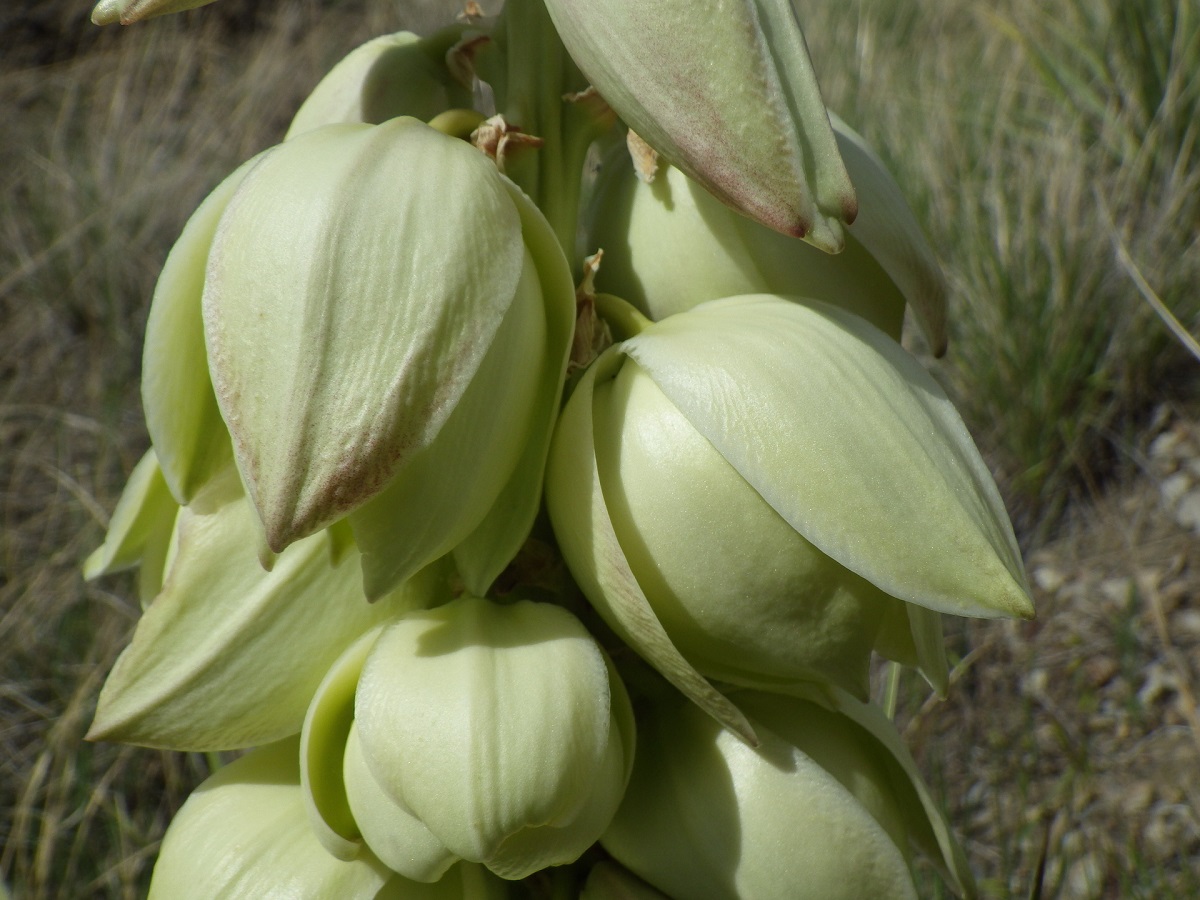

Plant Care & Gardening Tips
What Plant Did Native Americans Use For Soap
Published: December 25, 2023
Discover the plant Native Americans used for soap and learn valuable plant care and gardening tips. Explore the natural cleaning properties of this traditional plant remedy.
(Many of the links in this article redirect to a specific reviewed product. Your purchase of these products through affiliate links helps to generate commission for Storables.com, at no extra cost. Learn more)
Introduction
Welcome to the fascinating world of plant-based soap! Did you know that long before the advent of modern soaps, Native Americans ingeniously crafted their own cleansing agents using plants found in their natural surroundings? The rich history of soap making dates back thousands of years, and the resourcefulness of Native American tribes in utilizing indigenous plants for various purposes, including soap production, is truly remarkable.
In this article, we will delve into the intriguing realm of Native American soap plants, exploring the specific flora they utilized and the innovative methods they employed to create cleansing agents. Additionally, we will uncover the unique benefits of these natural soaps and gain insight into the cultural significance they held within Native American communities.
Join us on this enlightening journey as we uncover the plant-based soap traditions of Native American tribes and discover the invaluable wisdom they have passed down through generations.
Key Takeaways:
- Native American tribes ingeniously crafted soap from plants like yucca and soapberry, showcasing their deep connection to nature and sustainable living practices.
- The traditional use of native soap plants by Native American communities exemplifies a holistic approach to personal hygiene, cultural preservation, and ecological stewardship.
History of Soap Making
The art of soap making has a rich and diverse history that spans across civilizations and cultures. The earliest evidence of soap-like substances dates back to ancient Babylon, where a recipe consisting of water, alkali, and cassia oil was inscribed on a clay tablet around 2200 BC. Similarly, ancient Egyptians are known to have combined animal and vegetable oils with alkaline salts to create a soap-like substance for cleansing purposes.
As civilizations evolved, so did the methods of soap production. The Romans, renowned for their commitment to hygiene, further refined soap making by adding urine to the soap mixture, a practice that contributed to the development of soap’s cleansing properties. During the Middle Ages, soap making became a prominent trade in Europe, with the establishment of guilds and stringent regulations governing its production.
Fast forward to the modern era, and the industrial revolution revolutionized soap production, leading to the mass manufacturing of soaps using a wide array of ingredients and fragrances. However, amidst the advancements in commercial soap production, the ancient tradition of crafting soap from natural plant-based materials remained a cornerstone of cultural heritage for many indigenous communities, including Native American tribes.
It is within this historical context that we can appreciate the significance of Native American soap plants and the enduring legacy of their traditional soap making practices. The utilization of locally sourced plants for soap production not only exemplifies the resourcefulness of Native American tribes but also underscores their deep connection to the natural world.
Native American Soap Plants
Native American tribes across North America cultivated a profound understanding of the diverse plant life within their respective regions, harnessing the unique properties of indigenous flora for various purposes, including soap making. Among the myriad plant species utilized for soap production, several stand out for their exceptional cleansing properties and cultural significance.
One such plant is the yucca, a resilient and versatile succulent found in arid regions. The roots of certain yucca species contain natural saponins, which are compounds renowned for their foaming and cleansing attributes. Native American tribes, particularly those in the southwestern United States, skillfully extracted these saponins from yucca roots to create a frothy lather suitable for cleansing both the body and household items.
Another notable soap plant is the soapberry, also known as the Western Soapberry or Sapindus saponaria. Indigenous to the western and southwestern regions of the United States, the soapberry tree produces small, round fruits that contain high concentrations of saponins. When agitated in water, these soapberries yield a lathery foam that effectively cleanses fabrics and serves as a gentle yet potent cleanser for the skin.
Furthermore, the soapwort plant, scientifically known as Saponaria officinalis, played a vital role in the traditional soap making practices of certain Native American tribes. This herbaceous perennial, with its clusters of delicate pink or white flowers, contains saponins in its roots and leaves, offering a natural source of cleansing agents that were meticulously extracted and utilized for soap production.
These are just a few examples of the diverse plant species that Native American tribes adeptly employed to create their own natural soaps. The resourcefulness and intimate knowledge of the land demonstrated by these communities underscore the profound connection between indigenous cultures and the bountiful gifts of the natural world.
Native Americans used the yucca plant to make soap. The roots contain natural saponins, which create a lather when mixed with water, making it a natural and effective cleanser.
How Native Americans Used Soap Plants
The utilization of soap plants by Native American tribes extended far beyond mere practicality; it was deeply intertwined with cultural traditions and rituals. The process of extracting and utilizing soap plants was approached with reverence and a profound understanding of the natural world, reflecting the spiritual connection that indigenous communities held with the land.
For instance, the extraction of saponins from yucca roots involved a meticulous and time-honored technique. Native American artisans would harvest yucca roots, carefully peeling and pounding them to release the beneficial saponins. The resulting soapy solution was then vigorously agitated to produce a rich lather, which was used for cleansing the body, hair, and even delicate textiles.
Similarly, the soapberry tree held a revered place in the soap-making traditions of Native American tribes. The fruits of the soapberry tree were collected and gently crushed to release their natural saponins. This process was often accompanied by ceremonial practices, acknowledging the spirit of the soapberry tree and expressing gratitude for the cleansing properties it provided. The resulting soapy solution was used for washing garments, blankets, and ceremonial regalia, as well as for personal hygiene.
Furthermore, the soapwort plant, with its delicate flowers and potent saponins, was meticulously harvested and processed by Native American artisans. The roots and leaves of the soapwort plant were carefully gathered and prepared, often in conjunction with communal gatherings or seasonal ceremonies, signifying the significance of soap making within the cultural tapestry of indigenous communities.
Through these practices, the act of soap making transcended mere functionality, becoming an art form deeply embedded in the spiritual and cultural heritage of Native American tribes. The intimate knowledge of plant properties, the sustainable harvesting methods employed, and the ceremonial reverence for the gifts of the earth all contributed to a holistic and deeply meaningful approach to soap production.
Benefits of Native American Soap Plants
The utilization of native soap plants by Native American tribes offered a multitude of benefits that extended beyond their cleansing properties. These natural soaps were deeply ingrained in the cultural, spiritual, and ecological fabric of indigenous communities, providing a holistic approach to personal hygiene and household care.
One of the primary advantages of native soap plants was their gentle yet effective cleansing action. The saponins present in plants such as yucca, soapberry, and soapwort produced a natural lather that efficiently removed dirt, oils, and impurities from the skin, hair, and textiles. Unlike harsh chemical detergents, these plant-based soaps were mild and non-irritating, making them suitable for individuals with sensitive skin or allergies.
Moreover, the sustainable and eco-friendly nature of native soap plants contributed to their appeal. Unlike commercial soaps that often contain synthetic additives and contribute to environmental pollution, the use of plant-based soaps aligned with the principles of sustainability and harmony with nature. The cultivation and harvesting of soap plants were integrated into the seasonal rhythms of indigenous life, fostering a deep respect for the natural world.
Additionally, the cultural significance of native soap plants cannot be overstated. The traditional methods of soap making, often passed down through generations, were accompanied by rituals, stories, and communal gatherings that reinforced the interconnectedness of people, plants, and the spiritual realm. The act of soap making became a means of preserving cultural heritage and transmitting essential knowledge about the land and its resources.
Furthermore, the availability of native soap plants within the local ecosystem ensured self-sufficiency for Native American communities. By harnessing the cleansing properties of indigenous plants, tribes were able to reduce their reliance on external sources of soap, thus promoting autonomy and resilience within their respective environments.
Ultimately, the benefits of native soap plants extended far beyond their practical applications, encompassing ecological stewardship, cultural preservation, and the nurturing of a profound relationship with the natural world. The legacy of these plant-based soaps continues to inspire a renewed appreciation for traditional knowledge and sustainable practices in the realm of personal and environmental care.
Conclusion
The enduring legacy of Native American soap plants serves as a testament to the ingenuity, resourcefulness, and deep reverence for the natural world exhibited by indigenous communities. The utilization of plants such as yucca, soapberry, and soapwort for soap making not only provided practical cleansing solutions but also embodied a profound cultural and ecological ethos.
By harnessing the cleansing properties of indigenous flora, Native American tribes demonstrated a harmonious and sustainable approach to personal hygiene and household care. The gentle yet effective nature of plant-based soaps, coupled with their eco-friendly attributes, resonates with contemporary movements advocating for natural, non-toxic alternatives in daily living.
Furthermore, the traditional methods of soap making were imbued with spiritual significance and cultural importance, fostering a deep connection to the land and its resources. The rituals, stories, and communal practices associated with soap making underscored the interconnectedness of indigenous communities with the natural world, preserving essential knowledge for future generations.
As we reflect on the invaluable wisdom encapsulated in the traditions of Native American soap plants, we are reminded of the profound respect and gratitude that indigenous cultures hold for the gifts of the earth. The sustainable harvesting and utilization of soap plants exemplify a holistic approach to living in harmony with nature, a principle that continues to inspire contemporary efforts toward environmental stewardship and cultural preservation.
In essence, the story of Native American soap plants transcends the realm of practicality, offering a profound narrative of cultural heritage, ecological mindfulness, and the enduring legacy of traditional knowledge. It serves as a poignant reminder of the timeless wisdom embedded in the natural world and the invaluable lessons it imparts to those willing to listen.
Frequently Asked Questions about What Plant Did Native Americans Use For Soap
Was this page helpful?
At Storables.com, we guarantee accurate and reliable information. Our content, validated by Expert Board Contributors, is crafted following stringent Editorial Policies. We're committed to providing you with well-researched, expert-backed insights for all your informational needs.
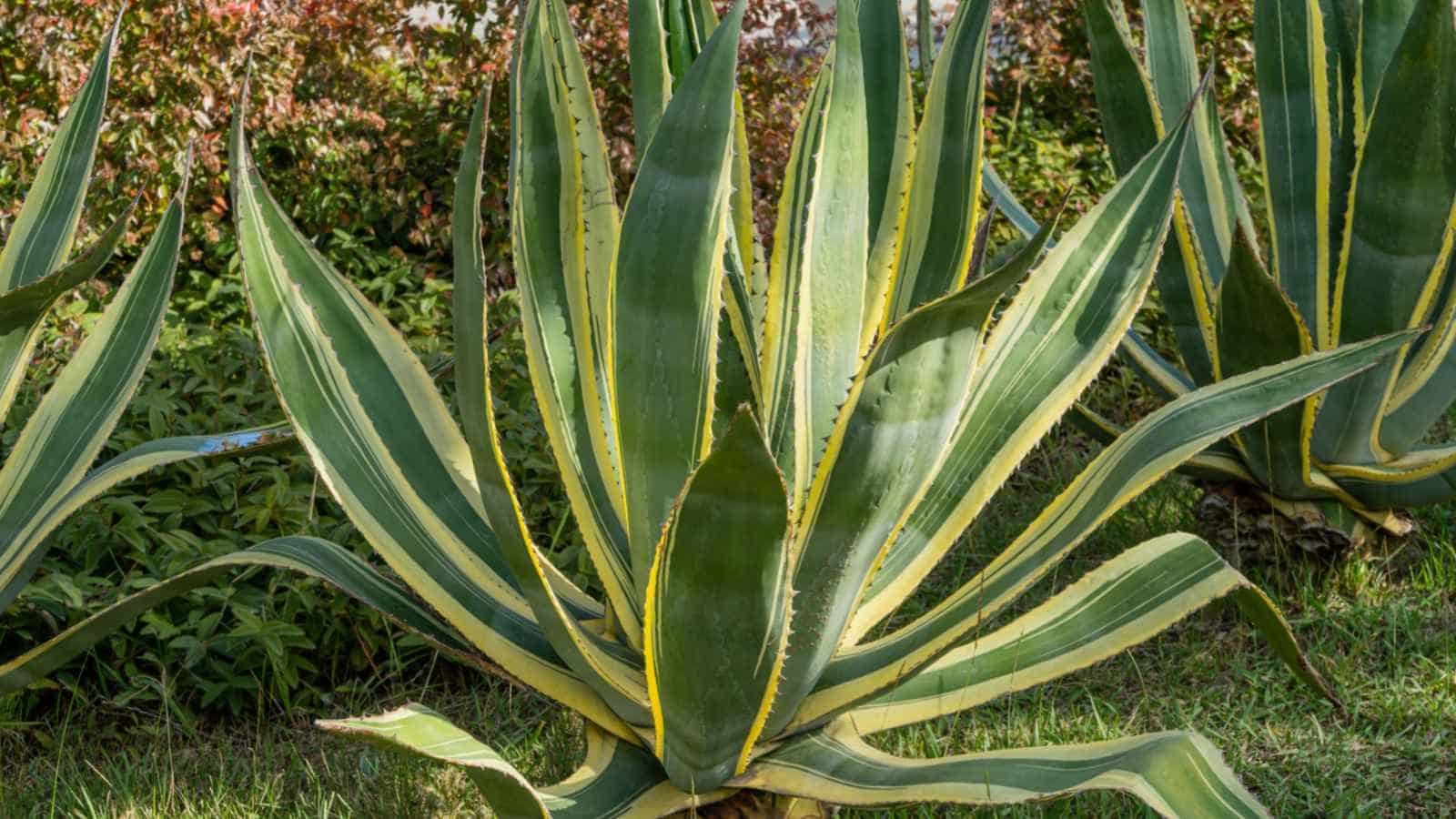
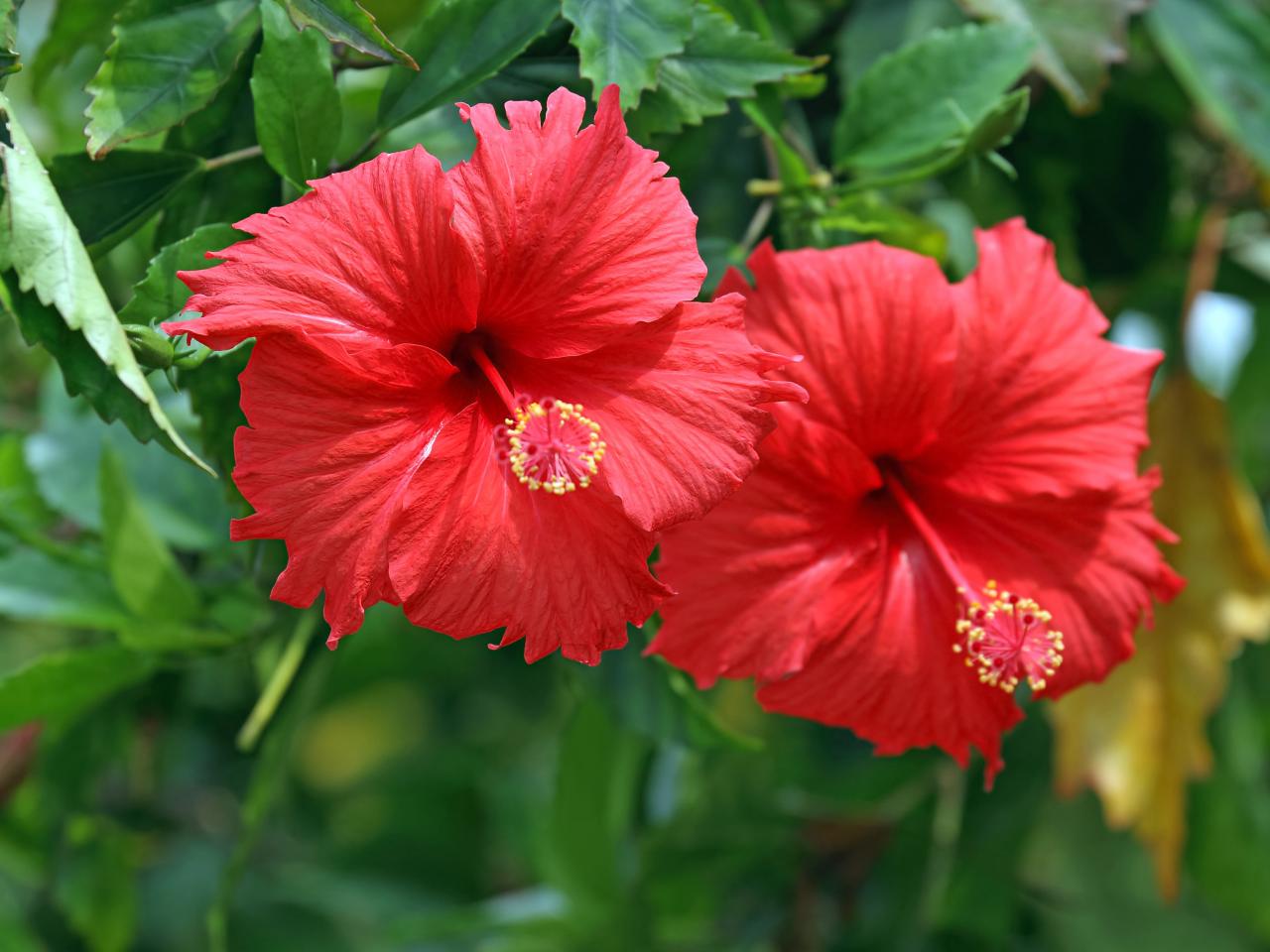
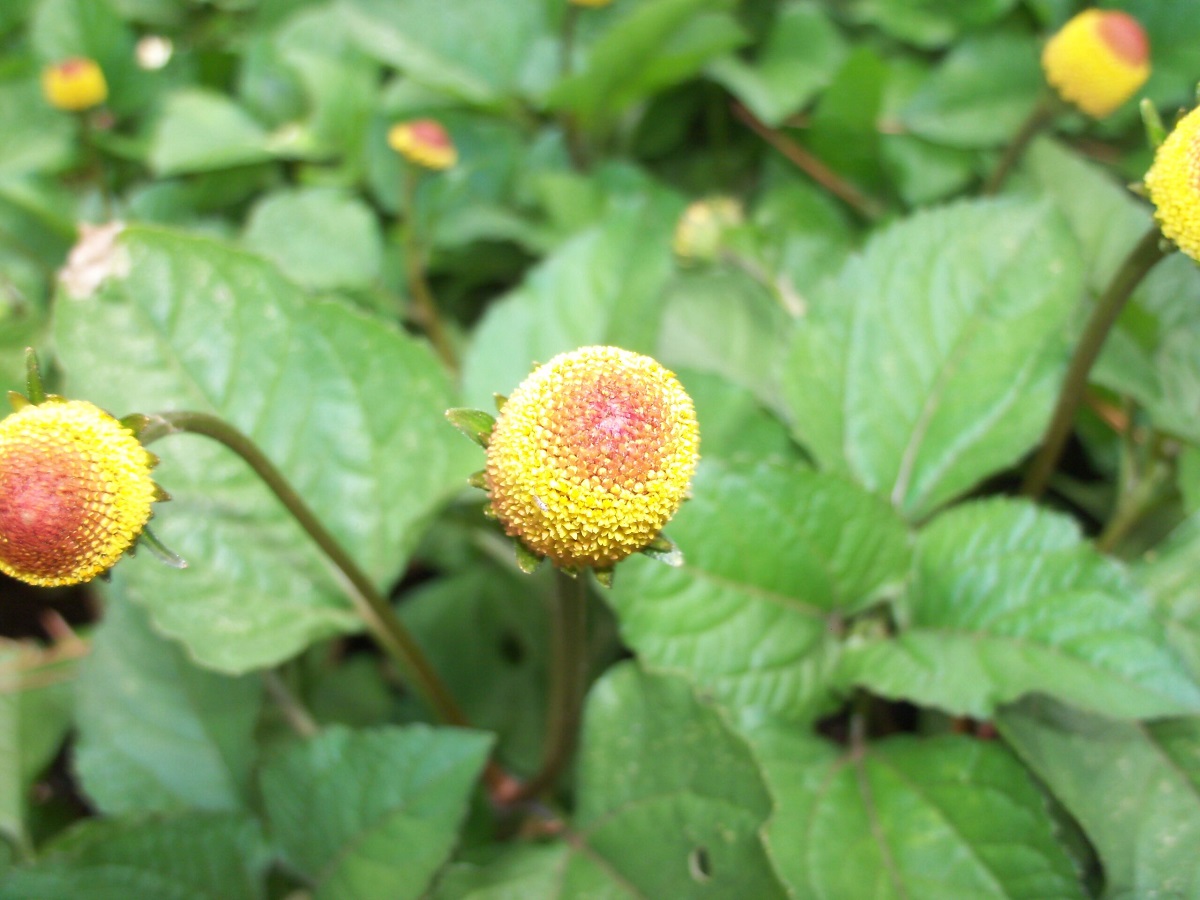
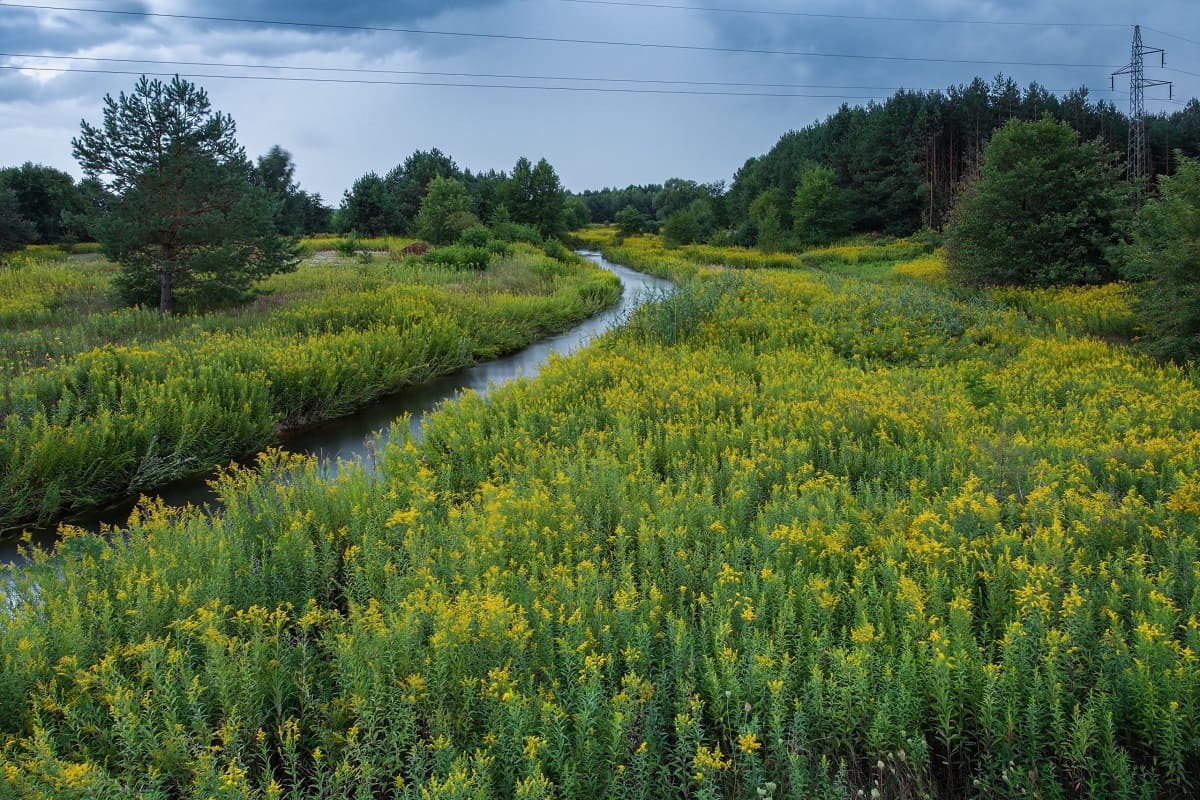
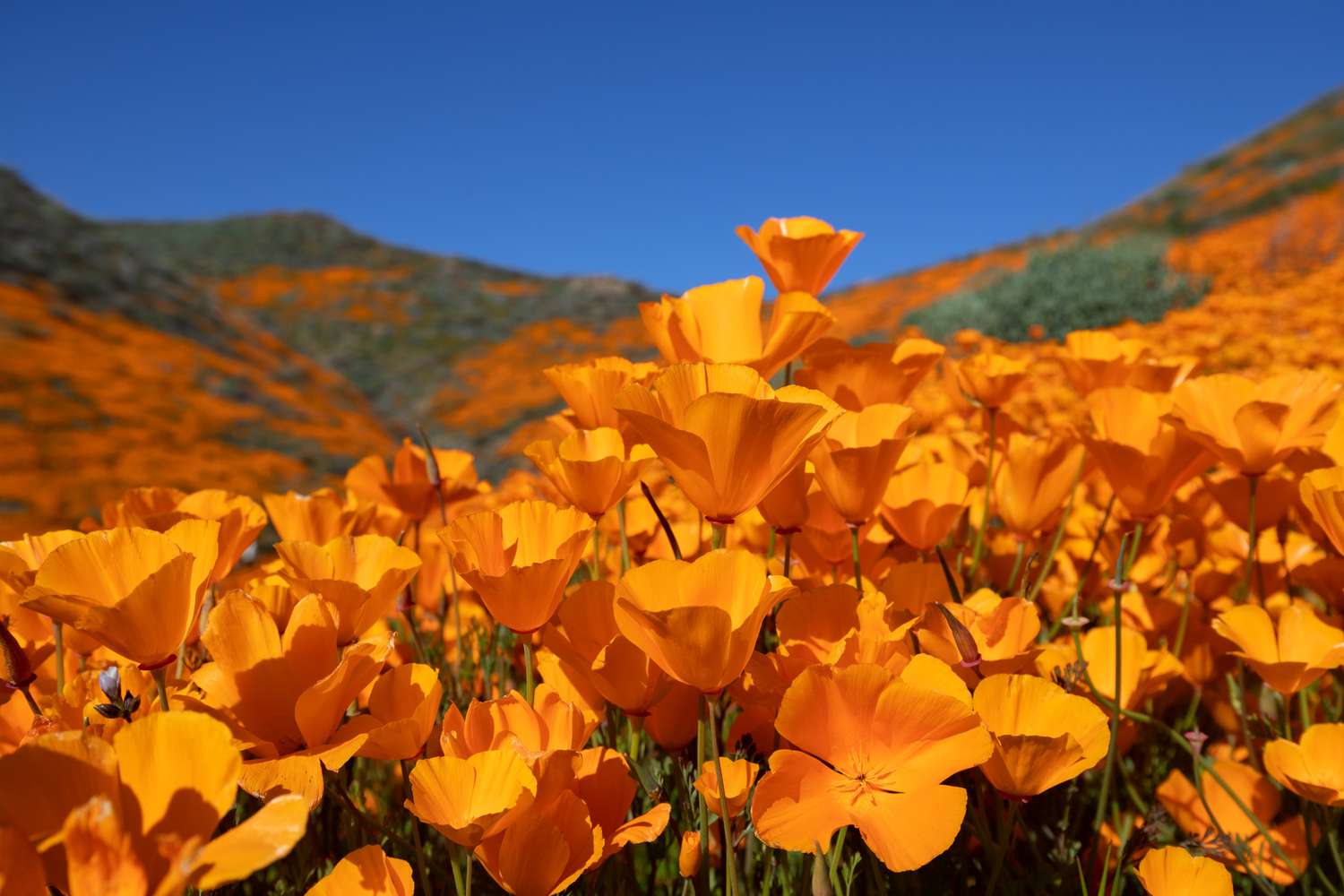
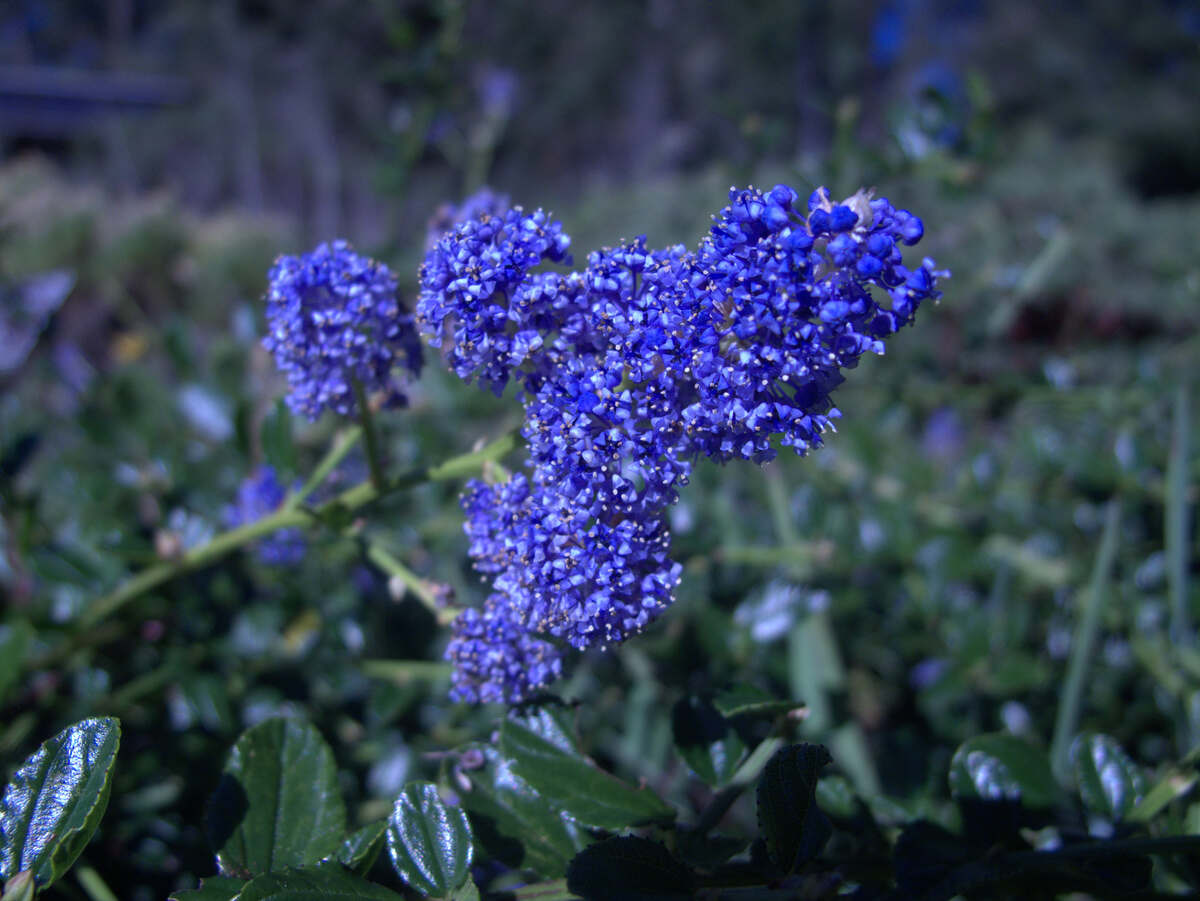
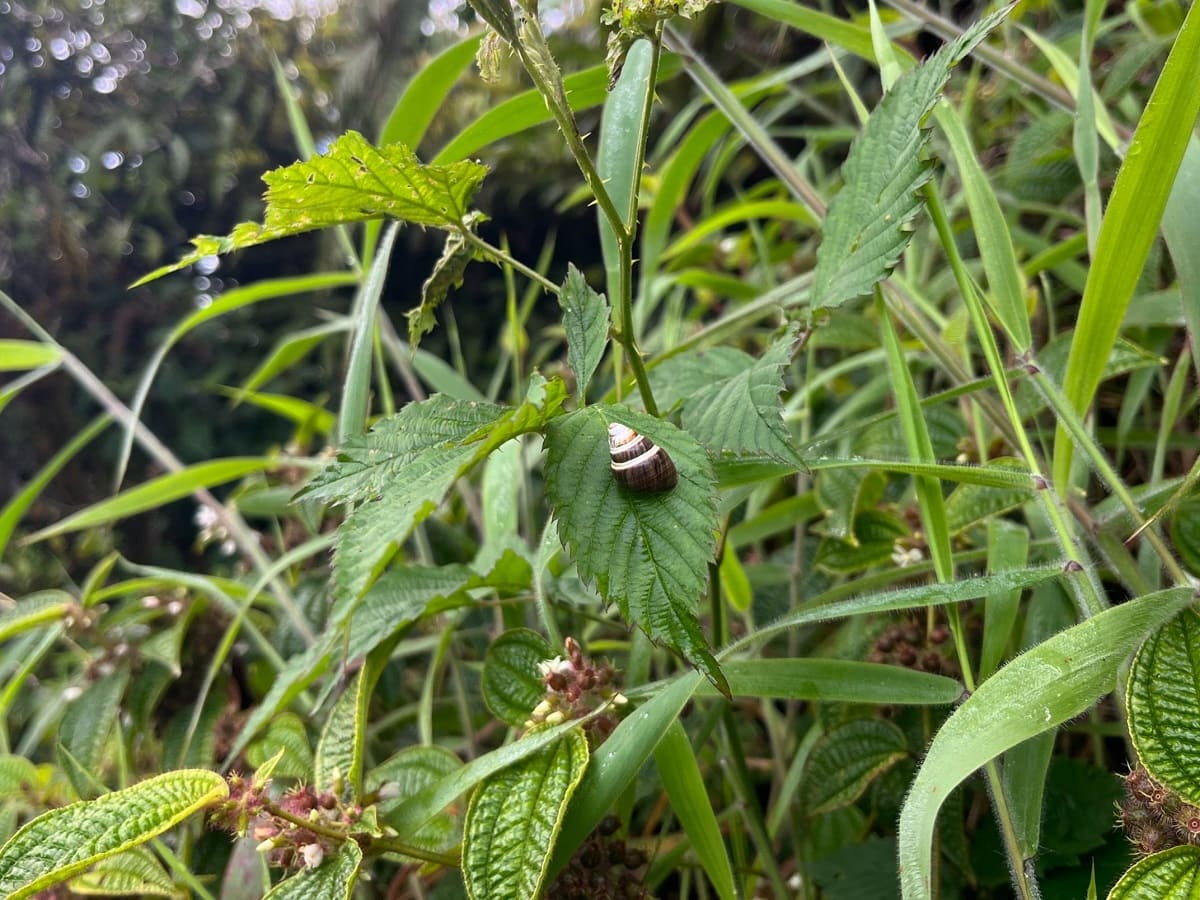
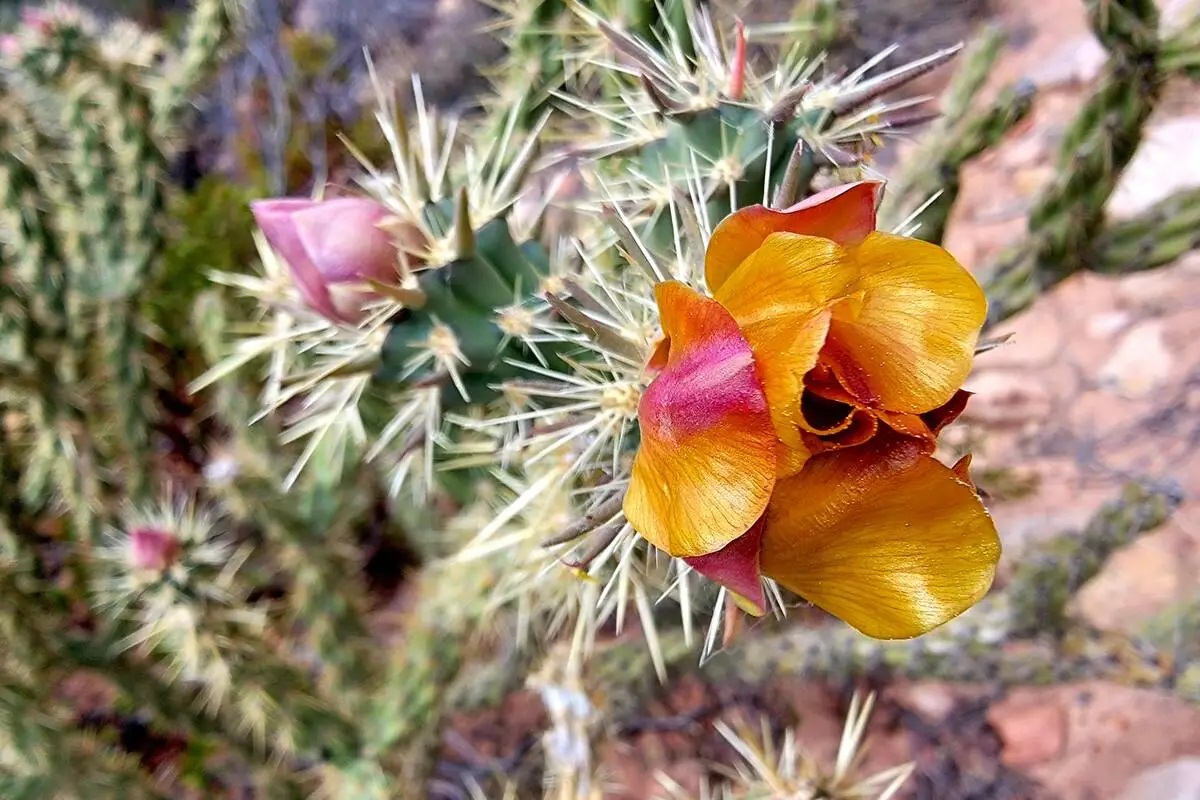
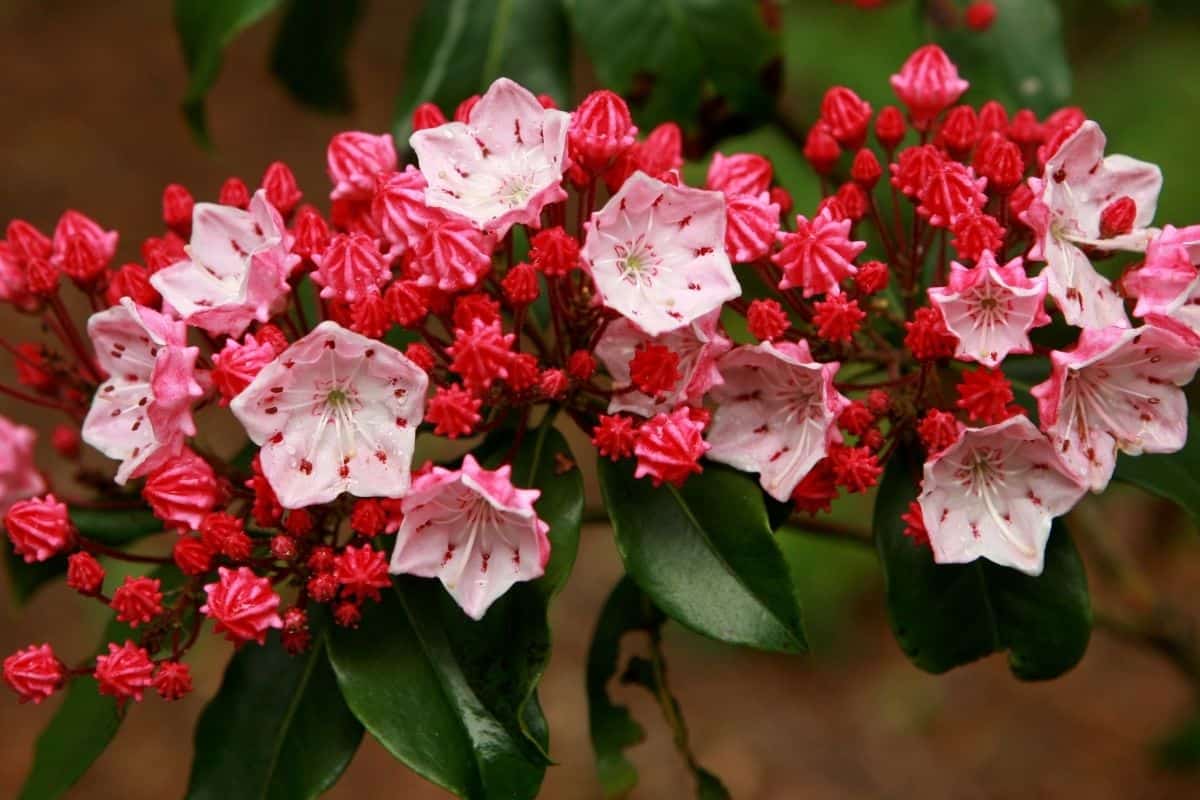

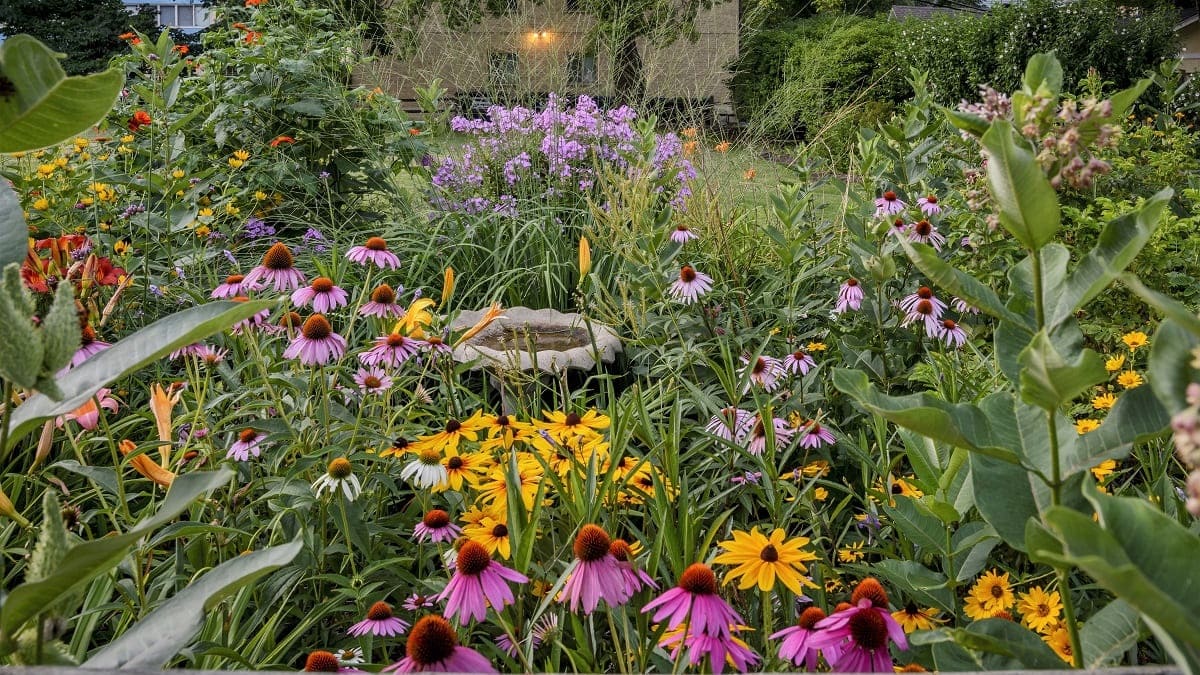
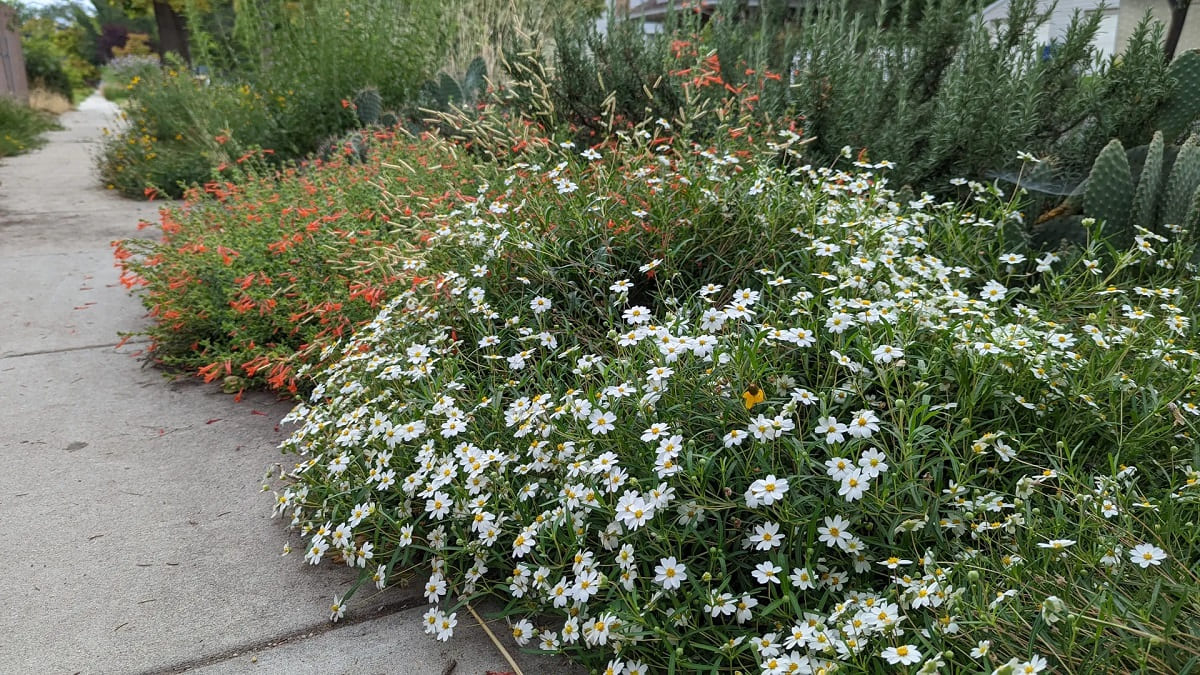
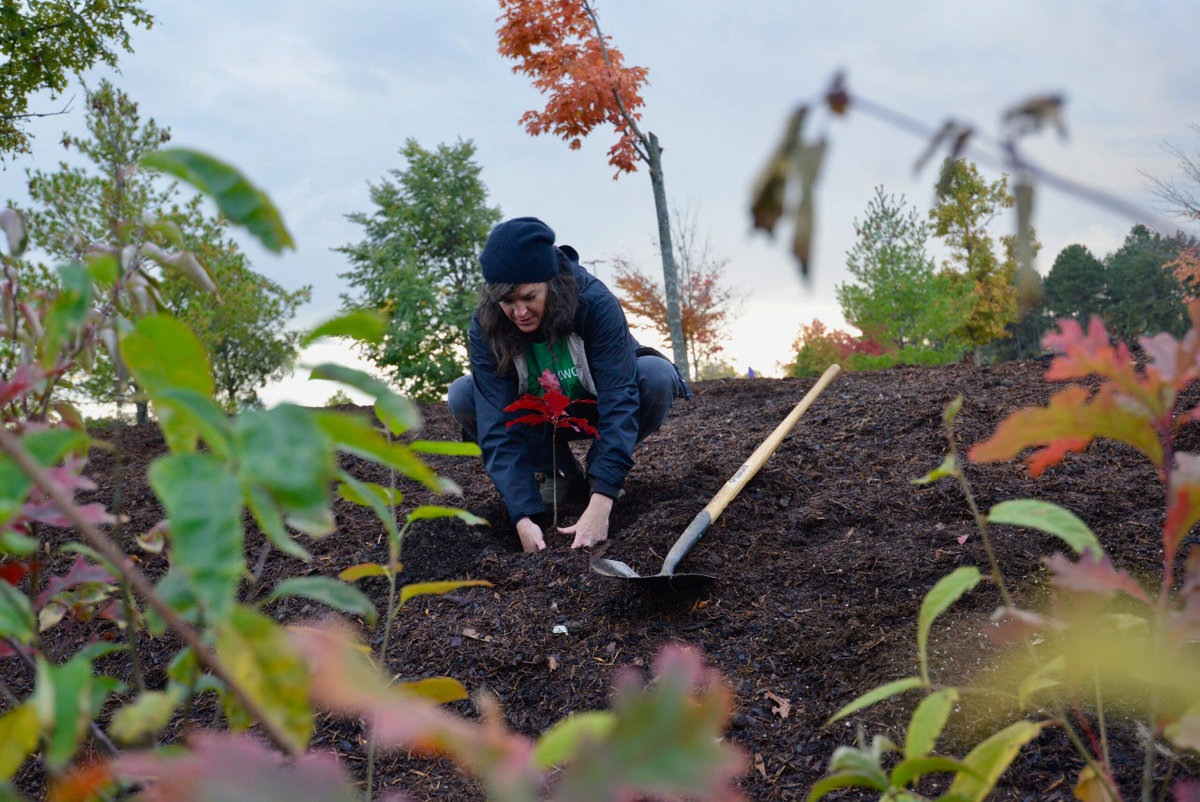
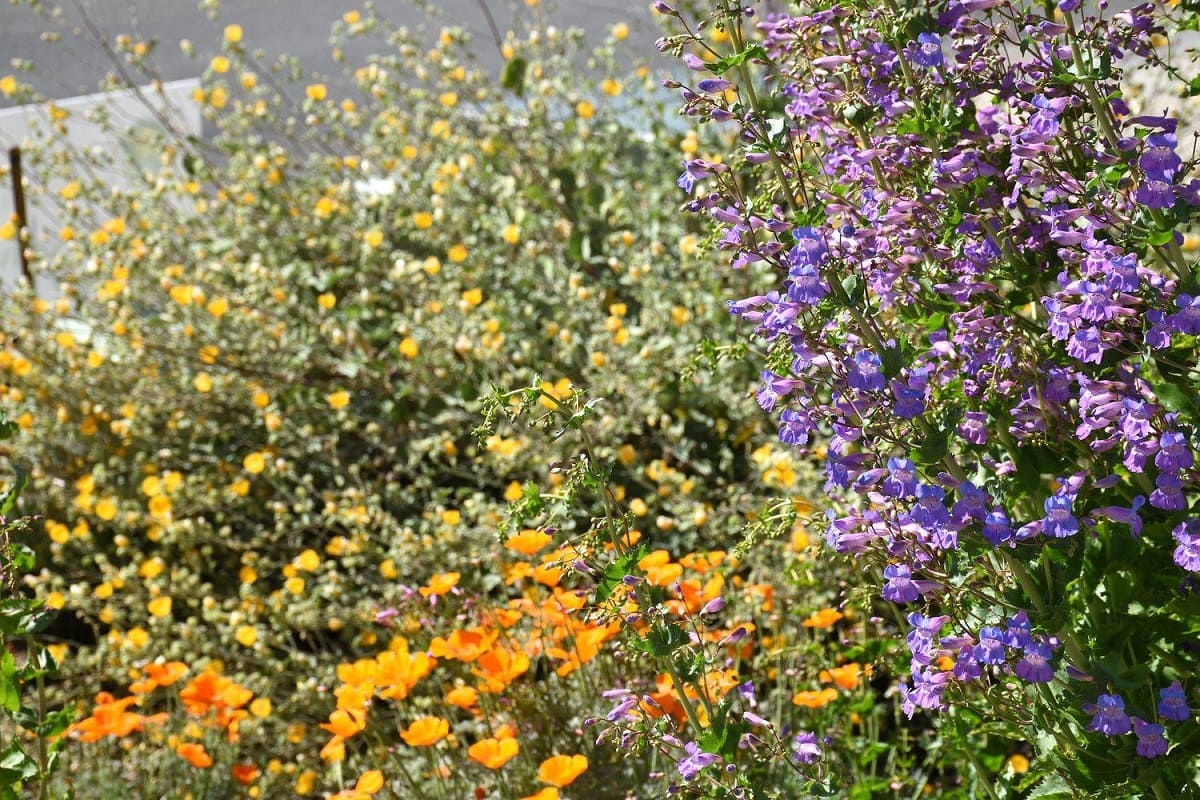

0 thoughts on “What Plant Did Native Americans Use For Soap”